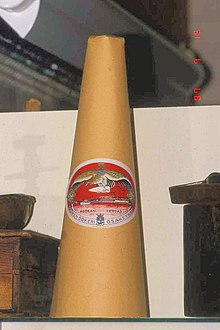

The history of sugar has five main phases:
- The extraction of sugar cane juice from the sugarcane plant, and the subsequent domestication of the plant in tropical India and Southeast Asia sometime around 4,000 BC.
- The invention of manufacture of cane sugar granules from sugarcane juice in India a little over two thousand years ago, followed by improvements in refining the crystal granules in India in the early centuries AD.
- The spread of cultivation and manufacture of cane sugar to the medieval Islamic world together with some improvements in production methods.
- The spread of cultivation and manufacture of cane sugar to the West Indies and tropical parts of the Americas beginning in the 16th century, followed by more intensive improvements in production in the 17th through 19th centuries in that part of the world.
- The development of beet sugar, high-fructose corn syrup and other sweeteners in the 19th and 20th centuries.
Sugar was first produced from sugarcane plants in India sometime after the first century AD.[1] The derivation of the word "sugar" is thought to be from Sanskrit शर्करा (śarkarā), meaning "ground or candied sugar," originally "grit, gravel". Sanskrit literature from ancient India, written between 1500 and 500 BC provides the first documentation of the cultivation of sugar cane and of the manufacture of sugar in the Bengal region of the Indian subcontinent.[2][3]
Known worldwide by the end of the medieval period, sugar was very expensive[4] and was considered a "fine spice",[5] but from about the year 1500, technological improvements and New World sources began turning it into a much cheaper bulk commodity.[6]
- ^ Sato 2014, p. 1.
- ^ Galloway, J. H. (2005-11-10). The Sugar Cane Industry: An Historical Geography from Its Origins to 1914. Cambridge University Press. ISBN 978-0-521-02219-4.
- ^ "Sugarcane". Farmers' Portal. Ministry of Agriculture and Farmers Welfare, Government of India. Retrieved 2020-08-01.
- ^ Cite error: The named reference
MedievalPriceOfSugarwas invoked but never defined (see the help page). - ^ Bernstein 2009, p. 205.
- ^ Bernstein 2009, p. 207.